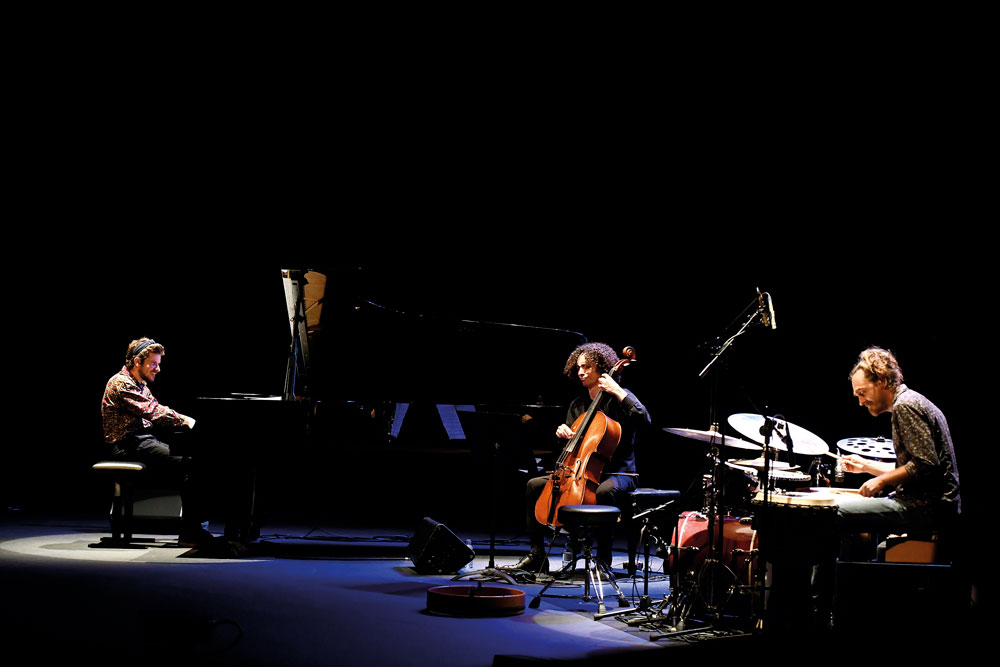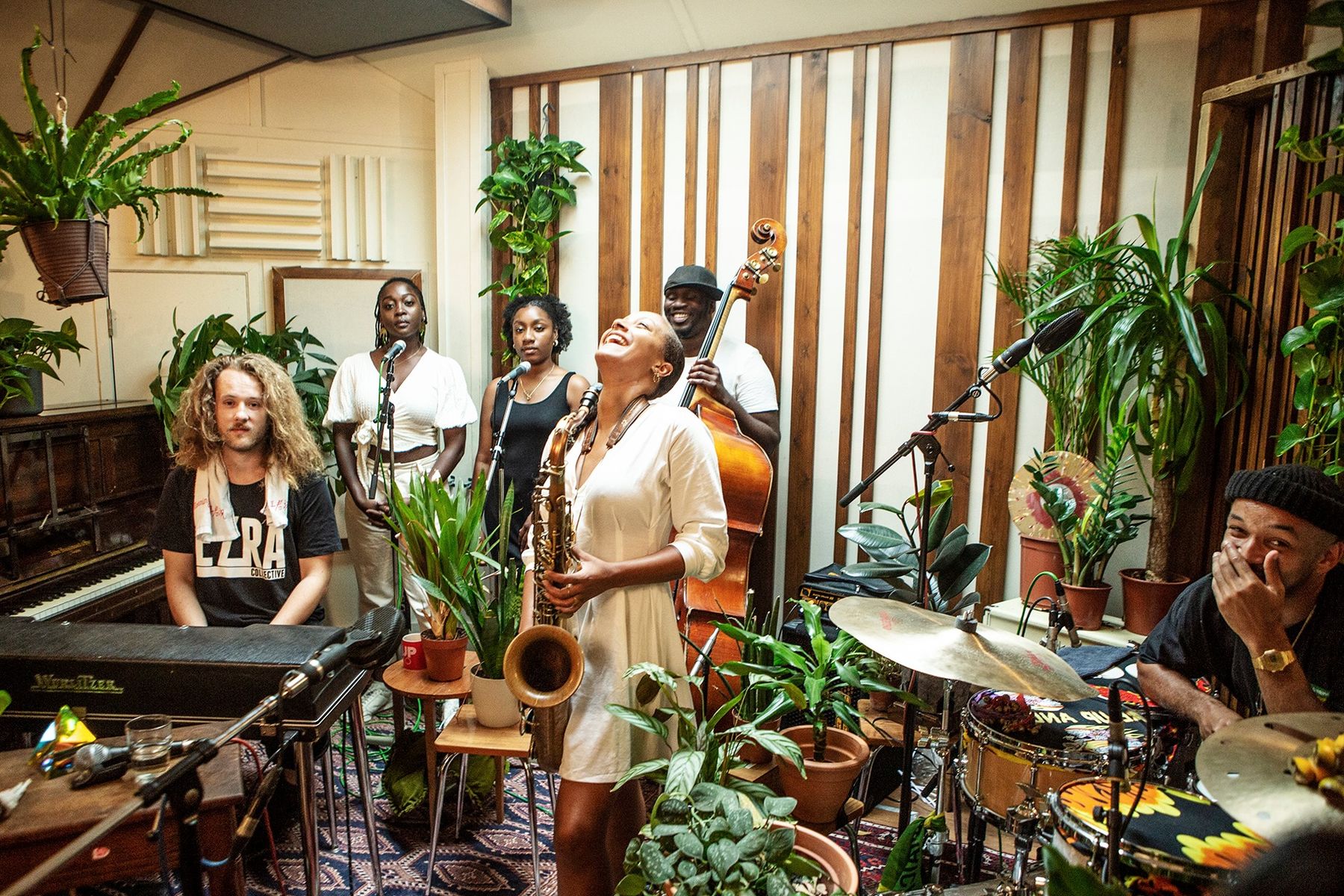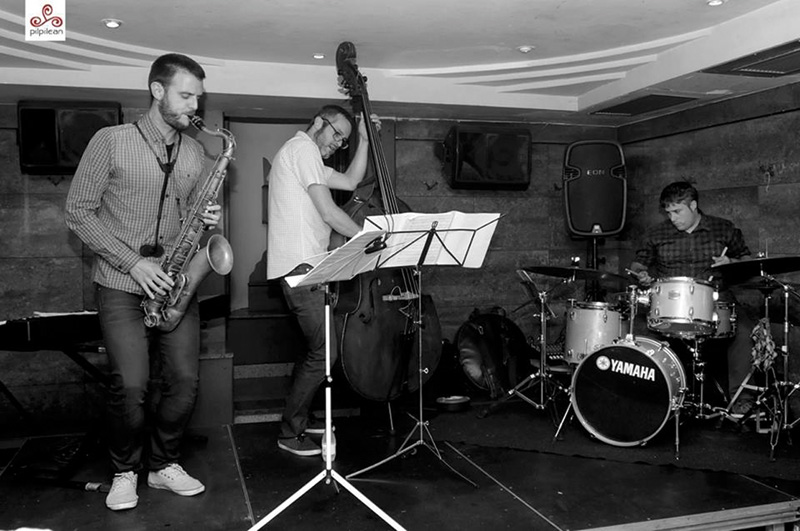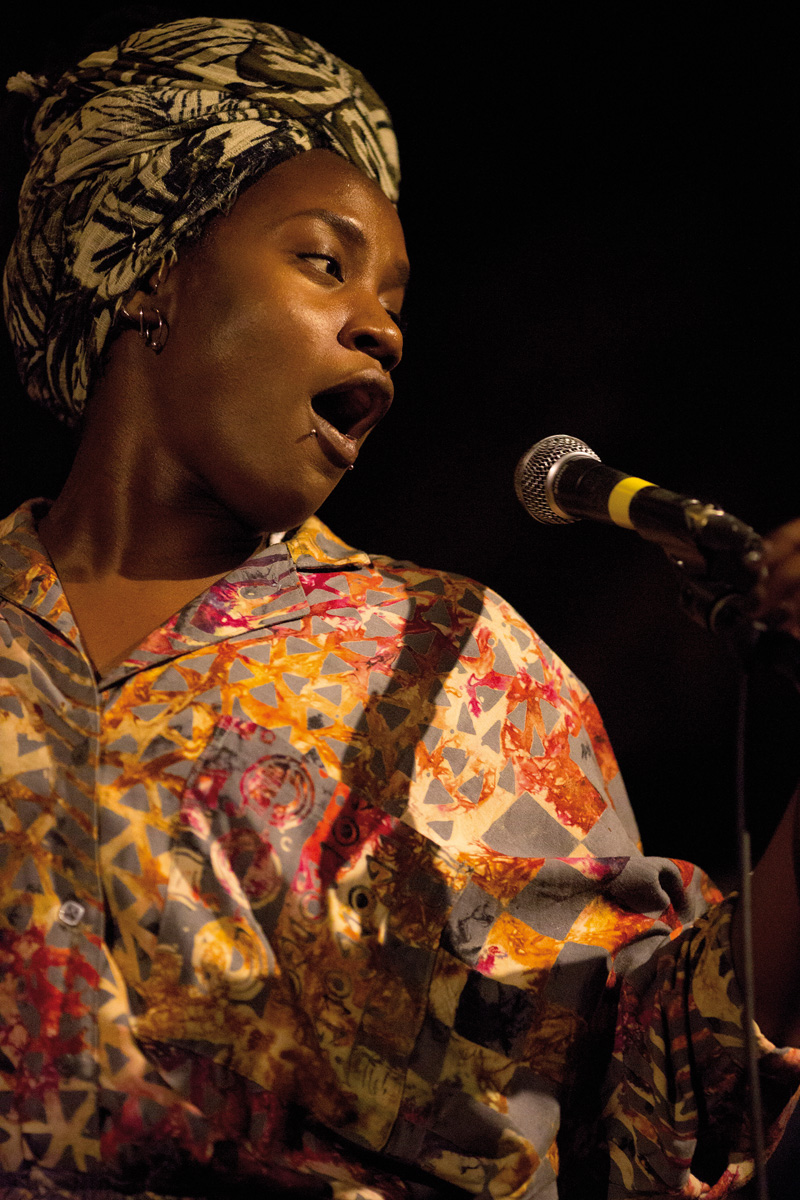The blackest
- The year 1959 was a milestone in the evolution of jazz: Miles Davis recorded in March and April the A Kind Of Blue, a record in which John Coltran participated in May with Giant Steps and, finally, Ornette Coleman published The Shape Of Jazz To Come, also in May. The three form a turning point: the first two announced the death of the bebop and hardbop subgenres, and the third set the foundation for the new sounds and transgressors that were about to arrive.

In addition to monumental works, there were responses linked to excessively bleached jazz, especially to Coleman, who looks at African music through rupture; that is, through this album, Coleman built the foundations of the free jazz subgenre. Marian Peyrou (Buenos Aires, Argentina, 1970), professor of History of Jazz at the Centre for Creative Music in Madrid, is precisely those three albums that Free Jazz has just released, recently edited by Anagram. The world's blackest music (Free jazz. The blackest music in the world) in the essay to explain the details of this state-of-the-art jazz style.
.jpg)
For the Argentinian, more than a style, Free Jazz is a musical approach in which two aesthetics are combined: the avant-garde and African culture, despite showing contrasting aspects. In Peyrou’s words, if previous jazz musicians tried to show that their work was not primitive, instinctive and irrational, the wildest, the avant-garde condemns institutions and Europe and, precisely, in the primitivity – such as fauvism, expressionism or cubism – in instinct and irrationality – such as in the literary technique of the flow of consciousness or surrealism. “You can understand that Free Jazz also gives a way to channel unconscious processes,” he says.
Thus, free jazz strives to bond with the intuitive and spiritual part of the human being, and from there it grows to create music. The double bass player Ornette Coleman played was Charlie Haden. “When you are really involved in music, the thought process has no place. (…) When you start thinking, music stops.”
Thus, the new musicians, who initially called it New Thing, placed in Africa the creative instinct to capture the characteristics of the music rooted in the cultures of their ancestors and, at the same time, free jazz from the elements of European tradition, that is, to move away from melodies, alone and harmonies, to focus attention on sound and rhythm. Payrou: “In Free Jazz, rhythmic sections contribute to both timbric diversity, textures, dynamics, sound molding, energy dosing and the formation of atmospheres. And that's the most important thing in that style, not the melodies, not the melodies, not the ones that deal with those melodies."
Mariano Peyrou: "In Free Jazz, the rhythmic sections help as much as the soloists; that's what matters in this style, and not the melody."
Also, among the strokes of the African tradition emerged the flexibility of structures, disorder, sudden interaction, destruction of hierarchies, collective creation, dissonances, tuning games, long notes or interest in sonido.As because
free jazz was a new, free and ephemeral flourishing style, although its shadow is reflected in eleven styles, even today.
All these chaotic innovations were rejected by the purists; the critical attitude of free jazz towards the establishment and, therefore, towards capitalism, did not help the shrunk and politicized black musicians at all. Cecil Taylor says: “It was an extreme irony that an article about the music we were doing at the time appeared in Down Beat magazine. Shortly after I published it, I worked on cleaning the dishes, but I knew why I cleaned the dishes.”
According to Peyrou, free jazz is not attractive to most of the audience, due to its main characteristics, honesty, introspection and horror. Taylor's assertion is very significant because of this lack of acceptance: “An artist’s first concern is to communicate with oneself.”
Black nationalism The principle of
free jazz is inevitably linked to the struggle for the civil rights of blacks in the 1960s, when the pain of African-Americans was clearly spread by thinkers and leaders like Martin Luther King and Malcolm X. However, these claims were ignited at the end of the 19th century for further expansion. This movement was fully embodied in the decolonization of the 1960s, which became an international phenomenon, and this process of liberation also coincided with the flowering of free jazz. Malcolm X’s death also provoked a reaction against the “weak” part of the movement claiming integration, when activist Stokely Carmichael advocated more radical positions in 1966 and popularized the term Black Power; that same year the Black Panther Party was also founded. All of this increased black nationalism and evidenced Afrocentrism. “It’s common to watch jazz musicians free by expressing their rejection of white values and expressing their collective identity through robes, turtles, caps, dashikis (especially the colorful suit used in West Africa), etc.,” says Peyrou.
However, before Free Jazz, several jazz musicians showed their political views and positions; for example, in 1960, Max Roach introduced We Standard! He published the album Max Roach´s Freedom Now Suite, in which the liberating cry stands out from the surface of the recording. In this work you can also hear melodies with traces of free jazz that would soon flourish, among others, through collective improvisations. Proof of this is Tears for Johannesburg.
Thus, it was very common to see free jazz musicians participating in rallies, associations or offering concerts in favor of the movement. However, for Peyrou, the political dimension of these musicians is not reflected in what they say or do, but in the sound they ventilate: “It censors the commodification of the stretch, the violent, with a rough texture and a duration that radios could not tolerate, without the melody that can be sung, and, therefore, capitalism condemns the taste of the great public. (…) The Free Jazz, therefore, does not accept 'musically' the position given to jazz, and to put it in some way, expresses the conflict, sets its gaze on it and emits a sound with the following characteristics: Africa, bloody encounter between the black and white, suffering, despair, hope, personal acceptance, frustration, anger and hatred.”
So you can think that free jazz can only be understood in its context, and that when the Black Power weakened, music also weakened. So for many, that musical language ran out. In addition, the black community turned its back on the new aesthetic: African-Americans considered it intellectual music, since the majority of the public was white and university, and although it was based on African traditions they considered it contrary to the essence of black music.
Despite the political and historical context, free jazz was a transgressive and transformative music. In the words of Peyrou, “when we hear, things happen to us, and from that experience we can extract some energy. Their energy is revolutionary and spiritual.”
A basic discography
• Ornette Coleman – The Shape of Jazz to Come (Atlantic, 1959)
• Ornette
Coleman Double Quartet -
Free Jazz A Collective Improvisation (Atlantic, 1961) •
Albert Ayler – Spiritual
Unity (ESP, 1964)
Maurice Ravelen distira eta jazzaren erritmoak saio berean batzeak erakargarritasun berezia zuen, zalantzarik gabe. Baina emaitza entzun ondoren, non Marco Mezquida Ziburuko musikaren mundu onirikoan barneratzen den, eta bere musika beste eskema batzuetara eramaten duen, bere... [+]
Nubya Garcia da uneko musikari interesgarrienetako bat. Jazza gustatu ala ez, bere musikalitate eta erritmo biziek, sentimenduz beteriko piezek, milaka pertsonen arreta bereganatu dute jada. Londresko musikari gazteak lehen lan luzea kaleratu berri du: Source. Benetan... [+]
Astelehenero izaten dira Jam Sessionak Iruñeko Intermezzon, Nafarroako musika kontserbatorioko tabernan. Jazz ikasketak egiten ari diren ikasleei zuzendua da gehienbat espazioa eta, jazzaren munduan ohikoa den bezala, hau ere espazio maskulinizatua da erabat.
It is Tuesday and Pamplona/Iruña does not have a great cultural offer for the night, as usual. There is a long way to go when every day rock and pop concerts could be heard because, they say, we have not known them. The people we work in the afternoon don't have too many problems... [+]















